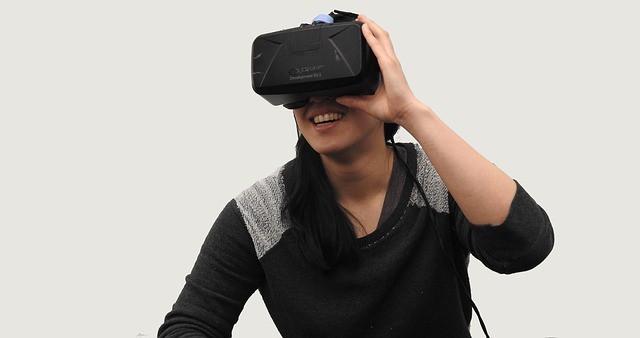- Introduction
- Smartphone vs Dedicated VR
- Gaming
- Education
- Medicine
- Military
- Engineering
- Advantages
- Disadvantages
- Quiz
- Find out more...
Virtual Reality
Like many of the other emerging technologies, virtual reality has long been a staple of science fiction. The movie ‘The Lawnmover Man’, among many other movies, was based entirely on the that premise.
Virtual Reality has actually been around for quite a while and has been working as a ‘functional product’ as early as the 1980s, but the technology never really took off, due problem with:
- Portability and Battey life issues
- Lags between head movement and image movement causing ‘motion sickness’ in many people.
- The prohibitive costs involved.
As such Virtual Reality remained as a novelty or specialist usage device until the last 5 years. On in the last 5 years has there been developed a computer that is:
- Highly portable
- Good battery life
- High resolution screen
- Built in motions sensors (accelerometers and magnetometers)
- High processing power to reduce latency.

Virtual Reality
What computer? Your smartphone of course!
Military Virtual Reality
The military has been interested in the use of Virtual Reality for over a decade. VR allows soliders to practice their skills on a virtual battlefield, immersing themselves in a highly realistic simulation that provides them with valuable experience, without the cost, dangers and organisational difficulties of practicing in a real environment.
Did you know?
When soldiers practice firing blank rounds in a mock battle, each round fired costs 50p? Even a small exercise involving a platoon of 30 troops can cost £10,000, just for couple of days practice.

America’s Army – an infantry simulator developed by the US army.
VR in Engineering
